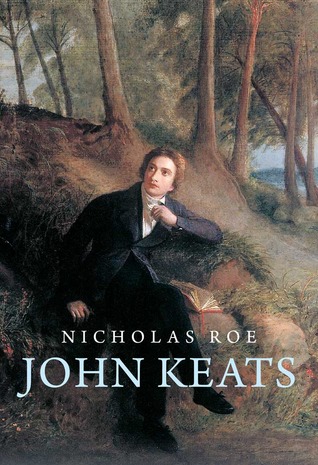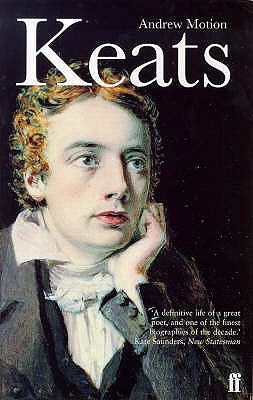
John Keats as a person (and as a poet, and a letter-writer) is easy to love; his contemporaries found it so, and readers have continued to fall for him ever since. Suzie Grogan certainly did, and I did, too.
In her Introduction, Grogan quotes Keats as saying, “We read fine things but never feel them to the full until we have gone the same steps as the Author.” Keats was talking metaphorically, about empathy and life experience – but maybe he would have understood we Locations Geeks who enjoy tracking down the places he knew, and literally following in his footsteps. Some of those places and their treasures have been carefully preserved, while others have been significantly changed or even destroyed – but they all offer experiences and perceptions that enhance even the driest sentence in a biography and help bring it to three-dimensional life.
The first (and most substantial) part of this book is a lively biography of Keats, of the places he visited and the writings (both poems and letters) they inspired. Along the way we are given glimpses of Grogan’s own developing understanding of him and his work, from her teenage years, through her own serious health challenges, and into maturity. Chapters are organised mainly by location and then by chronology, so that we are not following Keats through time so much as through place; a deft way to handle his many to-ings and fro-ings.
The whole is lightly written and easy to read, but full of insight, and it conveys a great sense of Keats the man. It even begins with a consideration of the portraits and written descriptions of him by his friends, so that we might see him in our mind’s eye while we accompany him on his travels. For anyone new to Keats, I suggest this is an excellent place to start. There are weightier and more scholarly biographies, but Grogan admirably shows why it’s worth making the effort to read them as well.
The second part of the book provides a few paragraphs on each of those in the Keats Circle who’ve been mentioned during the earlier parts of the book. The focus is still firmly on Keats, however, and on these people’s influence on his life and work and on his later fame and reputation. This is followed by a chronology of key dates, copies of some key poems, and a bibliography.
Highly recommended to those new to John Keats, and to those who already consider themselves a “Friend of Keats”.
Note: I received a PDF ARC from the publisher, and this Keats Locations website is mentioned kindly in the Acknowledgements. But I was always going to be an Ideal Reader for this work, so you may take any gushing as a genuine response. (And I’ve already pre-ordered a hardback copy for myself.)
Links
- John Keats: Poetry, Life & Landscapes page on Goodreads
- The book’s page on the publisher’s website (Pen & Sword Books)



